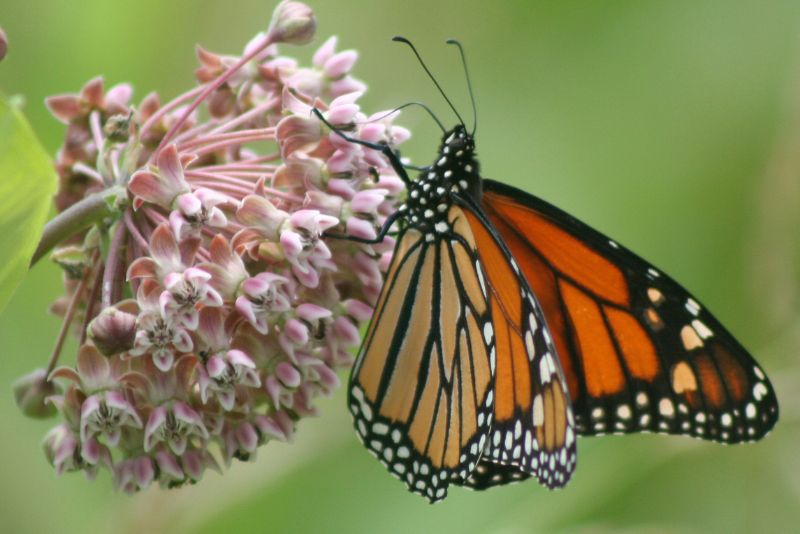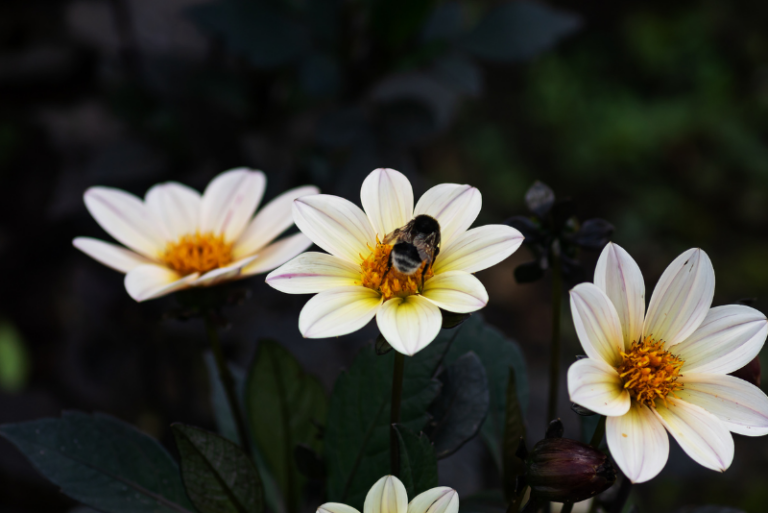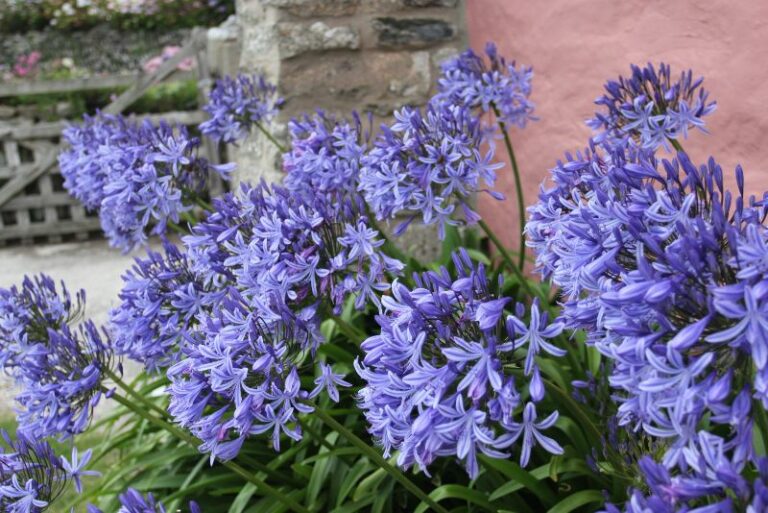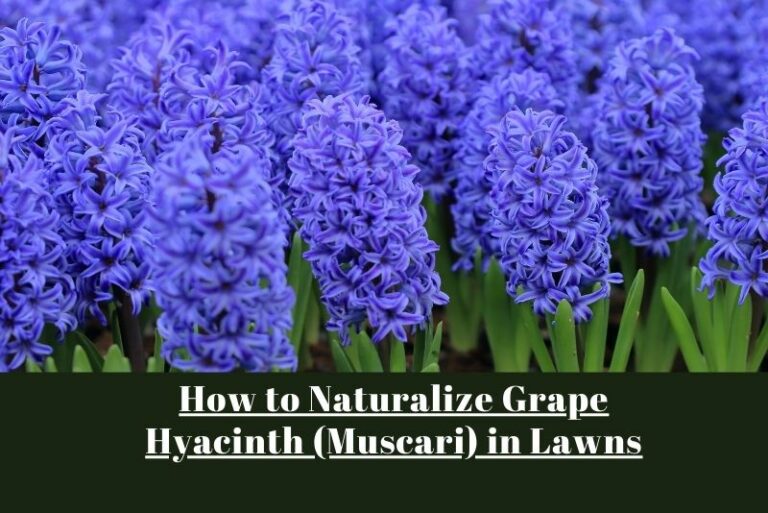Best California Milkweed Varieties for Monarch Butterflies
Monarchs are arguably the most iconic butterflies in North America, known for their incredible migration patterns and striking orange and black wings. However, these majestic creatures are facing significant threats to their populations, and one of the ways we can support them is by cultivating the right kind of milkweed. This article aims to provide a comprehensive guide to California milkweed varieties, focusing on their importance and unique benefits to monarch butterflies.
Why California Milkweed Varieties Matter
When it comes to saving the monarch butterfly, not all milkweed is created equal. California, with its unique ecology and climate, has specific milkweed varieties that are critical for the well-being and survival of monarchs in the state. The native milkweed plants of California are an essential food source for monarch caterpillars and a crucial element in the life cycle of the butterfly.
The Importance of Native Milkweed
Native milkweed is not just any plant; it’s a lifeline for monarchs. The California landscape offers a variety of delicate ecosystems, and the specific milkweed types that have evolved there over time are deeply interconnected with the monarch’s survival. By planting and preserving these native species, butterfly enthusiasts can create and maintain habitats that mirror the natural environment monarchs rely on.
Benefits of California Milkweed
One of the primary benefits of California milkweed is its adaptation to the state’s climate and ecological conditions. These varieties are well-suited to the local weather patterns, soil types, and wildlife interactions, ensuring a robust and sustainable food source for monarchs. Furthermore, the act of planting and maintaining California milkweed contributes to the preservation of native plant species and supports ecological diversity.
Top California Milkweed Varieties for Monarch Butterflies

California boasts a rich diversity of milkweed, each with its own set of characteristics that can benefit monarch butterflies. Here are a few top varieties to consider for your butterfly garden:
Showy Milkweed (Asclepias speciosa)
Showy Milkweed lives up to its name with striking clusters of light purple-pink flowers and a sweet fragrance that attracts a variety of pollinators, including the monarch butterfly. It is a sturdy perennial that exudes a milky sap when cut, serving as a defense against herbivores.
Growing Tip: Showy Milkweed prefers full sun and well-drained soils. Deadhead flowers after they bloom to encourage more flowering and remove seedpods to prevent over-seeding.
Narrowleaf Milkweed (Asclepias fascicularis)
Narrowleaf Milkweed is known for its slender, willowy appearance and its compatibility with a wide range of garden designs. Its narrow, elongated leaves provide an excellent food source for monarch caterpillars, and its small, whitish flowers are a delight for butterflies.
Maintenance Guide: This variety spreads by rhizomes and benefits from occasional division to keep it healthy. Regular watering is essential during hot and dry spells, especially in the first year of growth.
Woollypod Milkweed (Asclepias eriocarpa)
With its fuzzy seed pods and lance-shaped leaves, Woollypod Milkweed is an attractive addition to any butterfly garden. Monarchs are particularly drawn to this species for its abundant nectar, and it’s a great choice for gardens looking to attract a variety of butterfly species.
Special Considerations: Woollypod Milkweed can be found in a variety of habitats, from arid deserts to coastal scrublands, and its water needs can vary accordingly. It’s essential to understand the microclimate of your garden and tailor care to your plant’s specific needs.
Alongside other varieties, these four species offer monarchs a diverse array of food and habitat options, potentially leading to greater breeding success and more robust butterfly populations in your area.
Planting and Caring for California Milkweed
Once you’ve selected the right milkweed varieties for your region, it’s crucial to understand the best practices for planting and maintaining these essential plants for monarchs.
Planting Your Milkweed
When planting California milkweed, choose a location that receives at least six hours of sunlight a day. Potted plants should be spaced 18 to 24 inches apart, and the holes should be dug wider and deeper than the pot.
Nurturing New Plants: Ensure that the root system has room to spread out, and water well after planting. Mulching around the base will help retain moisture and control weeds as the plants establish.
Caring for Your Monarch Garden
Consistency is key in milkweed care. Regular watering, especially in dry seasons, will keep your milkweed healthy and productive. Removing dead flowers and pods not only keeps the garden looking tidy but also prevents the spread of disease and encourages new growth.
Seasonal Care: In fall, allow some seed pods to mature and release seeds for next year’s growth, but be prepared to manage new seedlings in spring. Overwintering caterpillar shelters and protecting milkweed from frost also play vital roles in maintaining a successful butterfly habitat.
Conservation and Community Impact
By choosing to cultivate California milkweed varieties, you’re making a positive ecological contribution that extends beyond the beauty of your garden. Every patch of milkweed supports the conservation of native plant species and the protection of monarchs and other pollinators.
A Butterfly Effect in Your Community
Small actions can lead to significant changes. Planting California milkweed varieties has the potential to create a network of monarch-friendly oases across California, which can provide the necessary support for local monarch populations to thrive.
Community Involvement: Encourage your neighbors and local gardeners to join in the effort. Work with conservation groups to plant milkweed in public spaces and raise awareness of the monarch’s plight. The more people involved, the greater the impact will be for the butterflies.
Conservation Efforts on a Larger Scale
Beyond your community, California’s diverse landscape grants many opportunities for large-scale conservation projects. Restoration initiatives in natural areas, like state parks and wildlife refuges, could include the deliberate planting of California milkweed to bolster monarch habitats.
Local Partnerships: Partner with local organizations to identify areas in need of restoration and plan for the incorporation of native milkweed plants. Engage in citizen science projects to monitor the effectiveness of these efforts and adjust plans as necessary.
Conclusion
The plight of the monarch butterfly is a reminder of the interconnectedness of our natural world and the importance of protecting our native landscapes. By investing in the cultivation of California milkweed varieties, we not only create stunning butterfly gardens but also contribute to a broader conservation effort that could help save a species.
Your garden could be part of a solution that extends butterfly populations, and there’s no better time to start than now. As you select your milkweed and plan your garden, keep in mind the unique needs of California monarchs and how you can fulfill them. Whether you’re an individual creating a haven in your backyard or part of a community-wide effort, your commitment to California milkweed is a decision to bring more beauty and life to the world around you.






